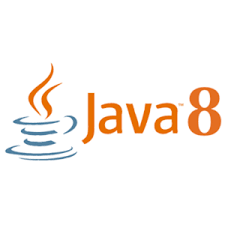
Image: oracle.com
Working in California, Vikas Mishra is a San Ramon-based IT professional who engages as an Amazon Web Services (AWS) cloud architect and senior devops infrastructure engineer with Adobe. Knowledgeable about diverse aspects of technology, Vikas Mishra also has extensive experience working with Java.
Upon its release by Oracle, Java 8 was a game changer for Java developers, as it provided a secure development platform for creating Internet of Things (IoT) applications designed for smart devices. Combining Java ME 8 and Java SE 8 platforms, Java 8 also offers the Lambdas expressions feature, which makes the language significantly more economical. This conciseness simplifies the code required to drive functionality and reduces maintenance.
Another major improvement with Java 8 was improved security, with stronger algorithms enabling password-based encryption. The bottom line is that it allows users to download code that is untrusted over a network and provides the secure platform needed to safely execute that code.

You must be logged in to post a comment.